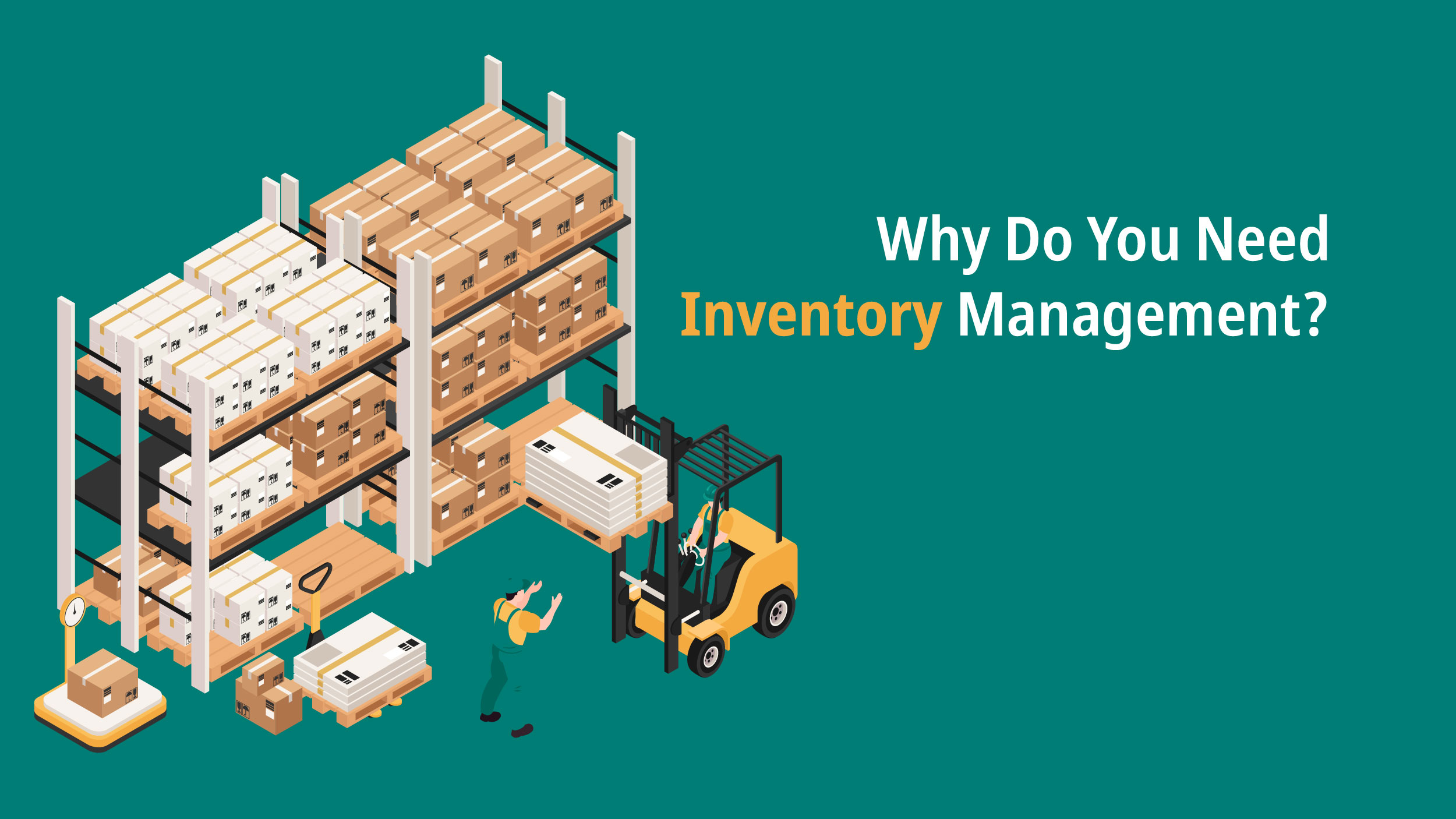Inventory storage is crucial for businesses that deal with goods or products. Inventory refers to the stocked products awaiting purchase. This heavily relies on space availability, spoilage concerns, efficiency, cost, and laborers.
Not having proper warehouse storage might lead to stolen, damaged, or even lost goods. A report states that 34% of businesses face issues with product unavailability and shipment delays. 1 in 10 startups fail due to inadequate inventory. This blog post discusses different inventory storage methods, why they are important, and more.
What Is Inventory Storage?
Inventory storage refers to the process of managing and storing physical goods or products until they are ready to be sold or used. It involves keeping track of how many items you have, where they are, and what condition they’re in, while also protecting them from damage, theft, and loss.
The two popular types of inventory unloading include:
- First-in, first-out: It refers to selling the products you bring first.
- Last-in, first-out: It refers to selling the products brought last first.
The importance of inventory storage in logistics is paramount. Businesses need to store the products properly to sell them. They also need to make sure that these goods are accessible to employees. For this, drive-in racks, flow-through racks, or push-back racks are often used.
What Is A Well-Managed Inventory?
Effective inventory management is essentially the process of maintaining control, organization, and tracking physical goods in all stages of the supply chain. It is all about the strategies, processes, and systems to manage stocks; which includes inventory from acquisition to storage, distribution, and sales. American retailers maintain approximately $1.43 in inventory for every $1 in sales.
Also Read: Top 7 Ways AI In Supply Chain Is Revolutionizing Productivity in 2024
Why Do You Need Inventory Management?

- Avoiding Stock Outs & Overstock: The right management of inventory helps companies to hold the right stock level. Businesses can avoid stockouts (potential lost sales) and overstock (wasted money, time, and space in a warehouse) by tracking inventory levels and controlling demand.
- Meeting Customer Needs: It guarantees that goods are accessible when they’re needed by clients. Businesses can rapidly complete orders and win over loyal consumers by anticipating what customers will need and keeping enough inventory on hand.
- Reducing costs: Adequate management of inventory reduces the associated holding charges, which is to say that our guidelines point out what’s protected to stockpile (and for the way lengthy). Proper stock management is key; businesses must hold just enough stock so they can deliver on their customer promises, but not so much that costs around storage, insurance, and depreciation start to outweigh the value of being responsible for damaged or obsolete inventory.
- Operations In-Line: It allows businesses to monitor items, make data searches quickly and easily available, and speed up the order fulfillment process for increased efficiency and reduced labor costs.
- Supply Chain Management: Better inventory control can lead to the reduction of lead times, which speeds up deliveries throughout the entire supply chain management. It helps you improve your relations with the suppliers and reduces storage costs.
- Accurate Financial Reporting: Businesses can only produce honest financial statements — which are crucial for decision-making, tax compliance, and investor support — by effectively controlling and accounting for their inventory.
How Does an Inventory Storage Work?
Inventory storage works by providing a dedicated space or facility to store physical goods until they are ready for sale or use. Businesses organize the inventory systematically, tracking the quantity, location, and condition of each item. Replenishment is done to maintain optimal stock levels, while security measures are in place to protect against damage or theft. Accessibility to inventory may vary depending on the storage method used. By implementing effective storage practices, businesses can ensure organized, protected, and easily accessible inventory, leading to efficient management and improved operational efficiency.
5 Best Practices for Efficient Inventory Storage

Below are the top five ways to improve inventory storage.
- Use vertical space: Install shelves and racks that extend to the ceiling to use more space. If you currently have floor space and would like to add more storage, maybe try building mezzanines.
- In-demand bulk store items: Shipping and storage expenses can be decreased by buying and storing goods in bulk. However, to prevent overstocking and capital commitment, make sure you only bulk store things that are in great demand.
- Cut down on slow-moving stock: Get rid of slow-moving merchandise to save money and free up precious space. Give such goods to a good cause, provide a discount to sell them, or send them back to the supplier.
- Discuss with suppliers: Negotiate with your suppliers to get longer payment terms and discounts on large orders. This means reduced costs and improved cash flow which can be beneficial in the longer run.
- Outsource: If your company doesn’t have the room or resources to store goods/products internally, outsource to a different company. This might be an affordable option, especially for companies that need storage in several locations or have large volumes of merchandise.
Final Takeaway
Inventory storage is the backbone of any product-based business. This makes sure that production isn’t halted due to a lack of inventory, ensures continuous supply, withstands price fluctuations, and more. It is crucial for businesses to partner with reliable inventory storage companies or to maintain spacious storage systems themselves.




